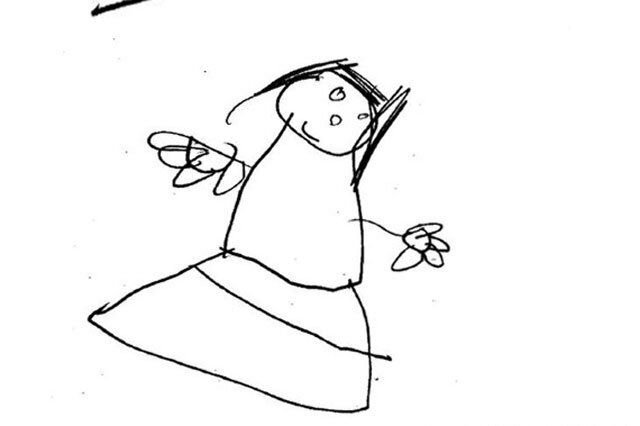
The next time your child hands you a drawing of a stick figure, you may want to give it a second glance before displaying it on the fridge.
The quality of the picture might not just be an indicator of your child's early artistic ability - but may also hold a clue to their level of intelligence.
A four-year-old's ability to draw people provides an indicator of his or her intelligence at age 14, according to a new study from King's College London.
Psychologists studied pictures drawn by more than 15,000 four-year-olds.
Each picture was rated on whether it included the correct quantity of features such as, the head, eyes, nose, mouth, ears, hair, body, arms, legs.
The children also completed verbal and non-verbal intelligence tests at ages four and 14.
The researchers found a moderate association between children who produced higher scoring pictures and higher scores on intelligence tests at ages four and 14.
"Drawing is an ancient behaviour, dating back beyond 15,000 years ago," says Dr Rosalind Arden, lead author of the paper. "Through drawing, we are attempting to show someone else what's in our mind.
"This capacity to reproduce figures is a uniquely human ability and a sign of cognitive ability, in a similar way to writing, which transformed the human species' ability to store information, and build a civilisation."
Story continues below the video
But don't despair if your child has just handed you a less than flattering portrait featuring a rather odd looking woman with just one eye:
"The correlation is moderate, so our findings are interesting, but it does not mean that parents should worry if their child draws badly," assures Dr Arden.
"Drawing ability does not determine intelligence, there are countless factors, both genetic and environmental, which affect intelligence in later life."
More on Parentdish